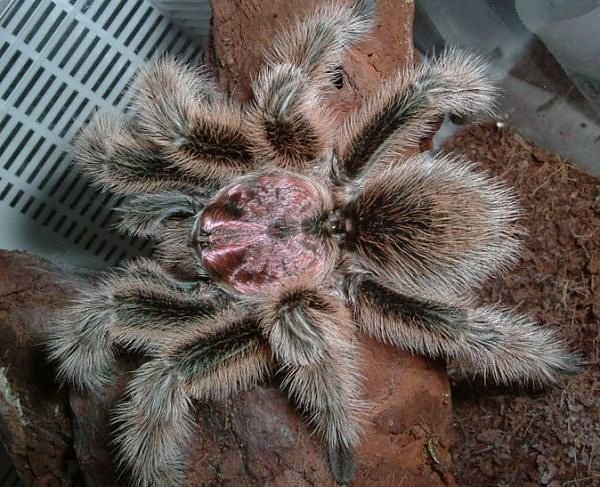Regardless of what you think of body or facial hair, nature again is one
step ahead when making animals’ coats look good and practical: As
defense mechanism, heat protection, natural filter or simply cuteness
enhancer – excess hair or fur in animals always has a special purpose.
We found five critters that could definitely do with a trim.
1. Angora Rabbit
Though we are deeply impressed with the Komondor’s shaggy mane, our
number one is the Angora Rabbit. This critter just seems to be nothing
but fur! Not surprisingly, Angora Rabbits are bred because of their long
Angora wool, which is removed by shearing, plucking or combing. Today,
there are many individual breeds.
A fur ball, no, an English Angora Rabbit:

The Angora Rabbit originated in Ankara, Turkey and is the oldest type of
domestic rabbit. There’s also an Angora Cat and an Angora Goat but
neither of them is as furry as the Angora Rabbit. The latter was popular
with French royalty around 1650 and soon in other parts of Europe.
Sorry, can’t see you:
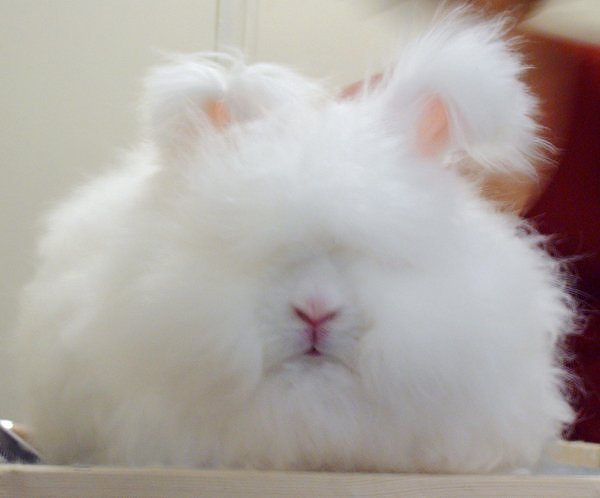
2. Komondors
The Komondor is a breed of large Hungarian livestock guarding dog,
easily identified by its long, white corded coat. It was first mentioned in
a Hungarian codex in 1544 and is considered one of Hungary’s national
treasures today.
Natural dreadlocks – the Komondor:
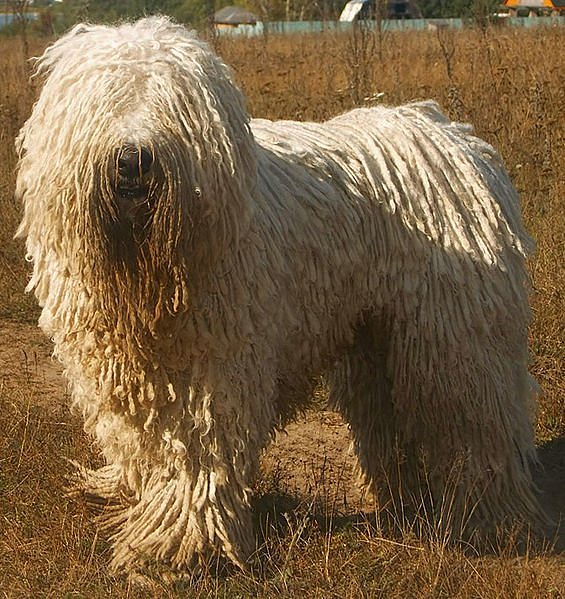
The Komondor’s natural guarding instinct and vigilance make it the
perfect pet for rural and farm settings. The dog usually rests during the
day, keeping an eye on the surroundings, but gets active at night when it
moves around and patrols its area. It is said that Komondors will allow
intruders to enter but not to leave, keeping them down until their owners
arrive.
Who are you calling a mop?
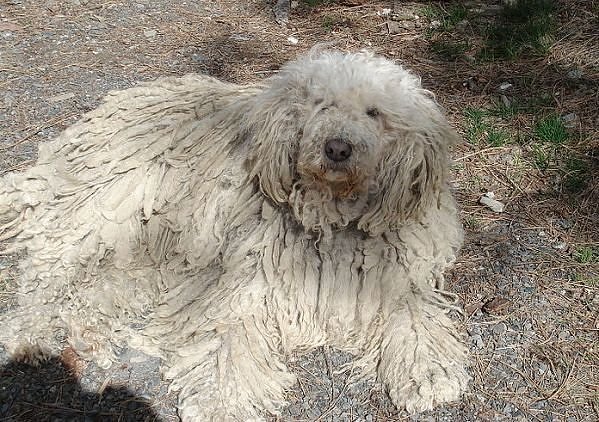
Contrary to what one may believe, once corded, the Komondor’s 20-27
cm long coat does not shed much. Sometimes the cords need untangling
and after a bath, Komondors take about two and a half days to dry! They
are by far the canines with the most amount of fur. The coat is the dog’s
defense mechanism as it will protect it from attackers, wolf bites for
example.
3. Bearded Pigs
The Bearded Pig (Sus barbatus) is a native of the rain- and mangrove
forests of Southeast Asia, particularly the eastern Philippines, Sumatra
and Borneo, which is why it is also known as the Bornean Bearded Pig.
As the name suggests, the pig’s most striking feature is the yellowish
beard covering its snout.
Bearded Pigs were first successfully bred at San Diego Zoo:
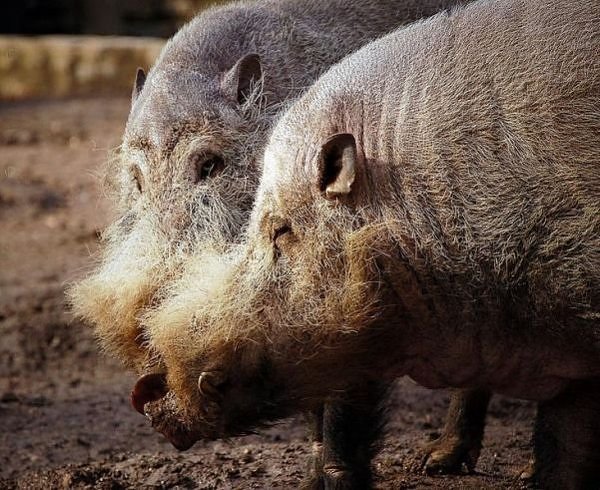
Unlike domestic pigs, Bearded Pigs are quite lean with thin legs and a
long head. The rest of their bodies are only sparsely covered by grey or
dark brown fur. Like the Emperor Tamarin, Bearded Pigs are diurnal
animals – active during the day and sleeping at night – that live in
families.
Remarkable is that these animals undertake an annual journey of several
hundred kilometers when changing seasons require them to find new
food sources. They are capable of remembering previous routes and tend
to stick to them. This is often to their disadvantage as Bearded Pigs are
hunted for food in some areas of Southeast Asia. Extensive hunting has
minimized their numbers so that their conservation status is now
considered vulnerable.
A Bearded Pig at Munich’s Hellabrunn Zoo:
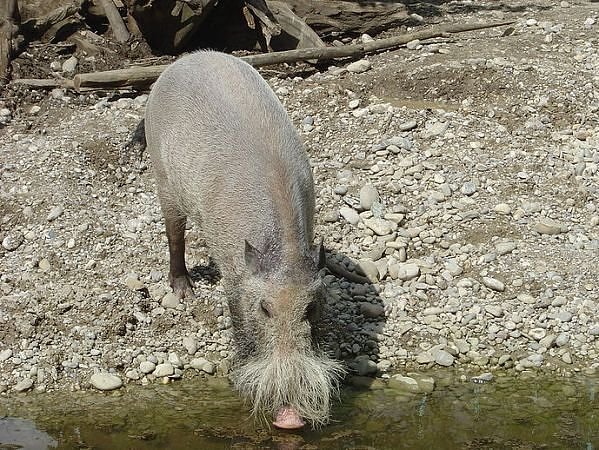
4. Emperor Tamarins
The tamarin (Sanguinas ursula) is an about-squirrel-sized New World
Monkey native to an area ranging from Costa Rica and southern Central
America to the Amazon basin and north Bolivia. There are many tamarin
species that differ considerably in colouration and appearance. Among
the moustached tamarins, the Emperor Tamarin with its long, white
moustache is probably the most striking.
What are you looking at?
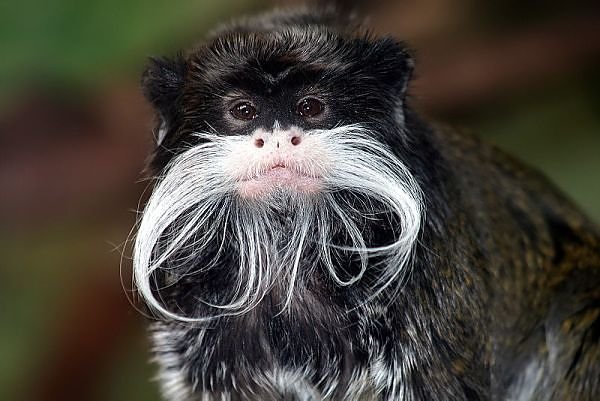
It is believed that the Emperor Tamarin (Sanguinus imperator) was
named after German emperor William II who sported an equally
impressive moustache. The Emperor Tamarin prefers the tropical rain
forest as its habitat and spends most of its day in the trees, jumping
around during the day and sleeping at night.
Emperor Tamarins live together in a matriarchal structure with the oldest
female leading the group of two to eight animals, including mature males.
Various specific cries help these primates identify impostors quickly. Also
remarkable about the Emperor Tamarins is that they form mixed-species
associations with Brown-mantled Tamarins (Saguinus fuscicollis).

5. Tarantulas
The Chilean Rose Tarantula (Grammostola rosea) is characterised by its
brown colour and ample pinkish or orange-red hair. The medium to large
spider is a native of South America, specifically Chile’s Atacama Desert.
A Chilean Rose Hair Tarantula in all its glory:
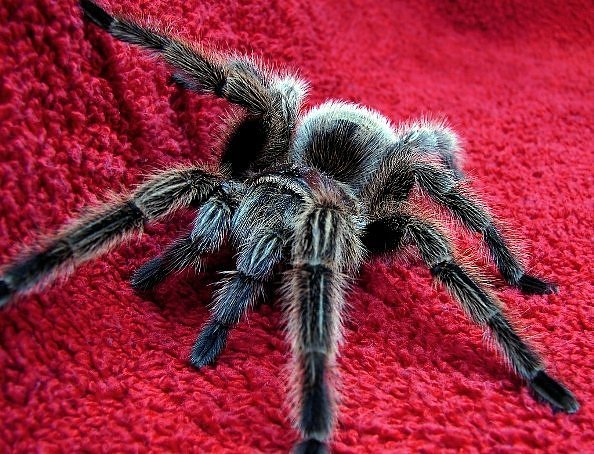
Though Grammostolas usually tend to run away from danger rather
than defend themselves, they may raise their front legs and present
their fangs in preparation to fight. Their main defense mechanism are
the urticating or barbed hairs that they kick off, usually from their
abdomens, aiming for the attacker’s skin or eyes to cause physical
irritation. This strategy is common to New World tarantulas, i.e. those
native to the Americas, which tend to be the hairiest species.
Believe it or not – the Chilean Rose Tarantula is a popular pet, especially
with tarantula enthusiasts just starting out because of its docile nature.
A particularly hairy, adult male specimen:
